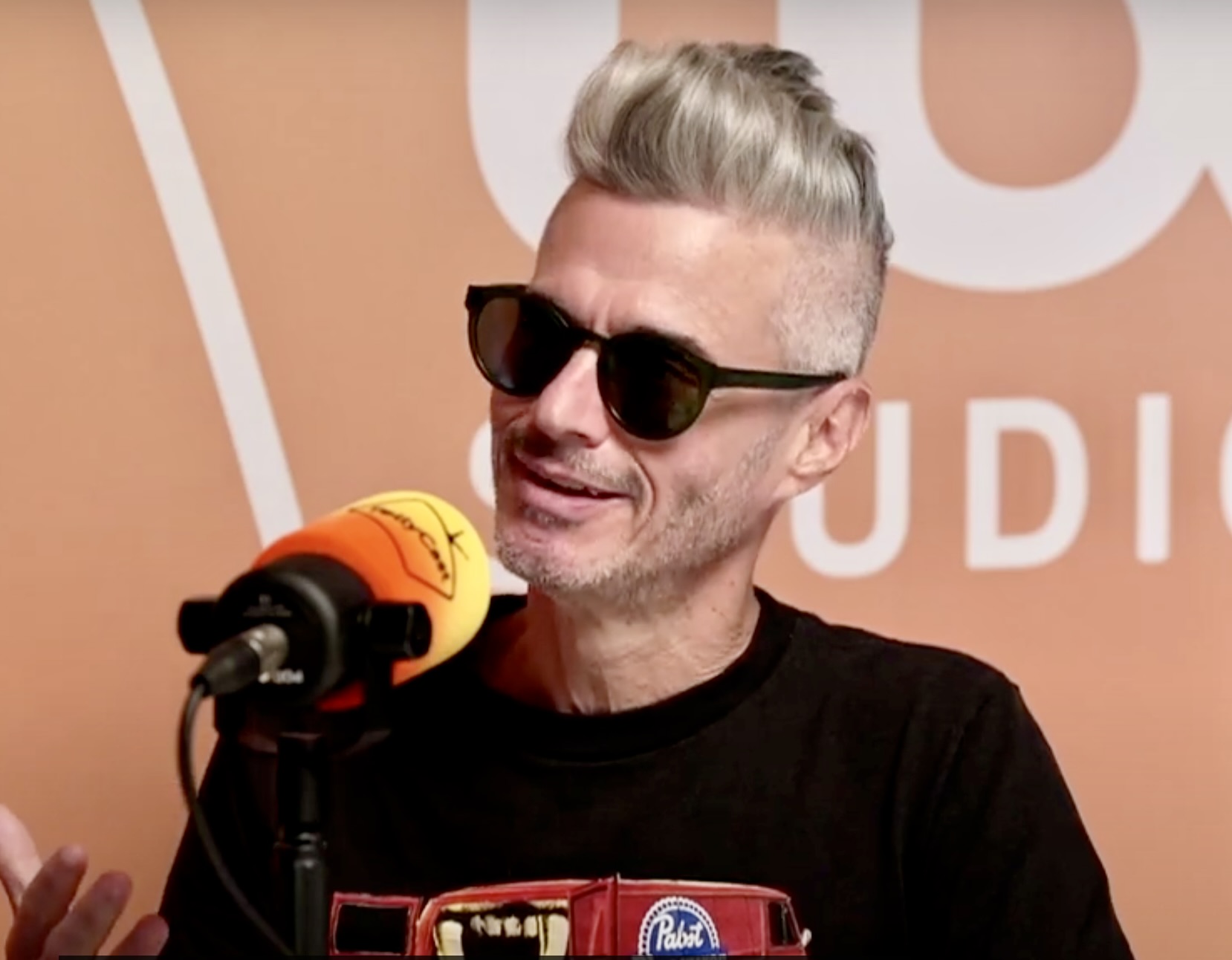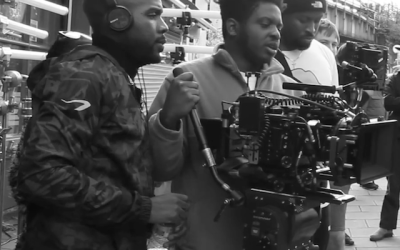At MIPCOM, the annual gathering of media executives in Cannes, Evan Shapiro’s chat with me on our TellyCast Live from the Palais livestream delivered a stark reality check for legacy media players. Shapiro, a media industry veteran known for his provocative insights, didn’t hold back on what he sees as an industry “in innovation stagnation.” According to Shapiro, while traditional media still holds sway over significant demographics, it risks falling hopelessly behind if it fails to recognise and adapt to the shifting sands of media consumption and digital content creation.
Shapiro’s warning is clear: traditional broadcasters and media companies are losing the battle to big tech—fast. Streaming platforms, social media channels, and user-generated content are not just gaining traction; they are becoming the dominant forces shaping media consumption. For the legacy media, the time to act is now, or risk becoming obsolete.
The Rise of the “User-Centric Era”
One of Shapiro’s key takeaways centres on the emergence of what he calls the “user-centric era.” He points out that younger generations—especially those under 35—are overwhelmingly moving towards streaming services and social media platforms like YouTube, TikTok, and Netflix for their media consumption. Recent data from BARB (Broadcasters’ Audience Research Board) supports this, revealing that in the UK, 46% of total viewing is now a combination of streaming and social media .
This shift has profound implications, not least for the future of public service broadcasters like the BBC. “As Gen Z and millennials become the heads of households, parliament members, and primary taxpayers,” Shapiro argues, “their habits will redefine what content gets consumed and funded. The BBC and others must adapt or risk irrelevance.”
For the BBC, which is currently still the UK’s most-watched entity, the challenge isn’t just technological but also generational. As Shapiro pointed out in his discussion, a staggering 80% of viewing among younger demographics is now focused on streaming and social video. With Gen Z’s viewing habits veering dramatically away from broadcast, the question becomes: will younger audiences be willing to keep funding public service media through licence fees when they barely consume traditional television?
The “Big Tech vs. Big Broadcast” Dilemma
It’s not just younger audiences that traditional broadcasters must worry about. Shapiro argues that there is an inherent complacency within legacy media—a reluctance to innovate and a fixation on self-preservation. “They’re afraid of trying new approaches because they’re afraid of finding out what happens on the other side,” he said. This hesitancy, he suggests, is what has led the industry to fall behind its big tech rivals.
Companies like YouTube, Meta, and TikTok are now central players in the new media landscape, providing platforms for both established creators and emerging talents. Shapiro points out that these platforms are not only home to entertainment but are increasingly where younger audiences get their news. Yet, traditional media companies, notably public service broadcasters, often resist distributing their content on these platforms, fearing it will “cannibalise” their core viewership .
However, Shapiro argues the reverse is true: failing to embrace these platforms means forfeiting entire generations to misinformation and fringe content. As he wryly put it, “Zero per cent attribution of a total audience segment is zero per cent.”
A Call to Action: Experiment, Innovate, or Get Left Behind
For Shapiro, the solution is straightforward but requires a shift in mindset. Traditional media needs to view digital platforms as partners rather than threats. He points to the example of Channel 4 in the UK, which doubled-down on releasing premium long-form series on YouTube. Far from cannibalising its audience, Channel 4 found that it attracted new viewers and boosted its advertising revenue.
Shapiro also calls on media companies to experiment, even if the results are uncertain. “If you try it and it doesn’t work, you can stop,” he says, “but if you don’t try, you’ll be left behind by those who do.” He highlights how platforms such as TikTok and YouTube have already proven themselves as viable avenues for reaching large audiences with well-crafted narratives and innovative formats .
Future-Proofing Careers in Media
Shapiro’s advice isn’t just for companies but also for individuals working within the industry. His suggestion? “Wake up stupid every day.” He emphasises the need for media professionals to continue learning and evolving in their careers, understanding where the money is flowing and aligning with those trends. With consolidation, layoffs, and shrinking content budgets on the horizon for traditional gatekeepers, Shapiro warns that careers tied exclusively to traditional media are in peril.
The Bottom Line
Evan Shapiro’s takeaways from MIPCOM are both a wake-up call and a challenge. The media landscape is undergoing a seismic shift, driven by the dual forces of digital innovation and generational change. Shapiro’s central message to traditional broadcasters is to stop clinging to outdated models and start embracing the user-centric era, lest they be left behind by an audience that is no longer content to sit and wait for change.
For traditional media, the battle isn’t just for relevance but for survival. It’s a battle that can still be won, but only if the industry is willing to adapt and experiment with the same boldness that defines the digital-native platforms currently winning the war for attention.





